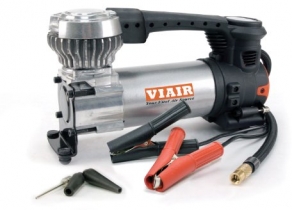-
Welcome to Tacoma World!
You are currently viewing as a guest! To get full-access, you need to register for a FREE account.
As a registered member, you’ll be able to:- Participate in all Tacoma discussion topics
- Communicate privately with other Tacoma owners from around the world
- Post your own photos in our Members Gallery
- Access all special features of the site
How to Rebuild IFP Coilovers w/ Pictures! (Demonstrated on Fox/Fabtech FTS2100)
Discussion in 'Suspension' started by ForestRunnerFrank99, Jun 21, 2019.


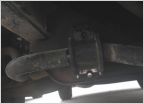 Broken sway bar bushing mount
Broken sway bar bushing mount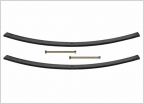 Budget 6" lift
Budget 6" lift Help with Old Man Emu Dakar leaf pack noise
Help with Old Man Emu Dakar leaf pack noise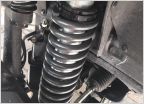 What spring compressor are you using? Need advice
What spring compressor are you using? Need advice Driveline angles. do I need shims?
Driveline angles. do I need shims?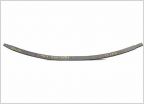 What suspension for my needs
What suspension for my needs









